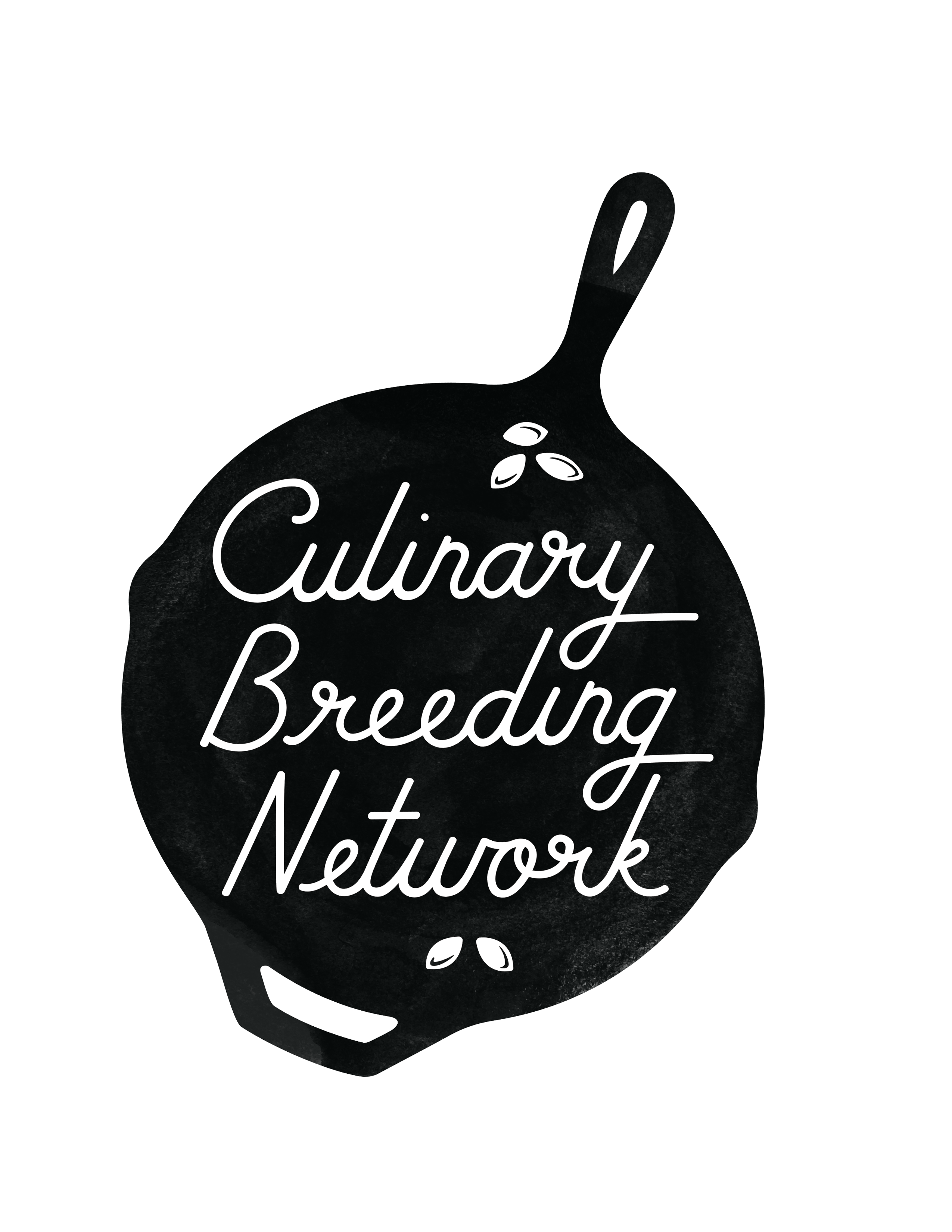A cross between a butternut and a kabocha squash type. Remarkably productive and exceptionally long-storing from mid-October through April (and likely later). It is sweet, nutty and versatile in the kitchen. 100 days. A “Chefs’ Favorite” from Culinary Breeding Network (CBN).
The background story: Due to difficulties farmers have been experiencing with storing winter squash, Oregon State University and Culinary Breeding Network have been investigating less commonly grown winter squashes known to store well in a project called “Squash Party.” These investigations have included over a dozen squash tastings of 20+ varieties where Tetsukabuto is always the top preference. Translating to ‘Iron Helmet,’ Tetsukabuto has thick, hard outer skin and a deep orange flesh. Previously only well known in Japan and Brazil, the discovery of this squash is a success as PNW farmers are growing it and chefs demanding it for its terrific flavor and storability. Check out some of his recipes in the Eat Winter Squash link below.
More information can be found on the following:
www.culinarybreedingnetwork.com




